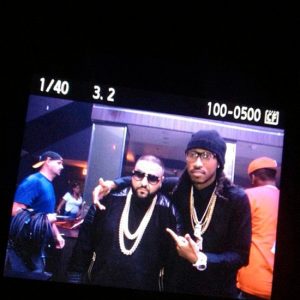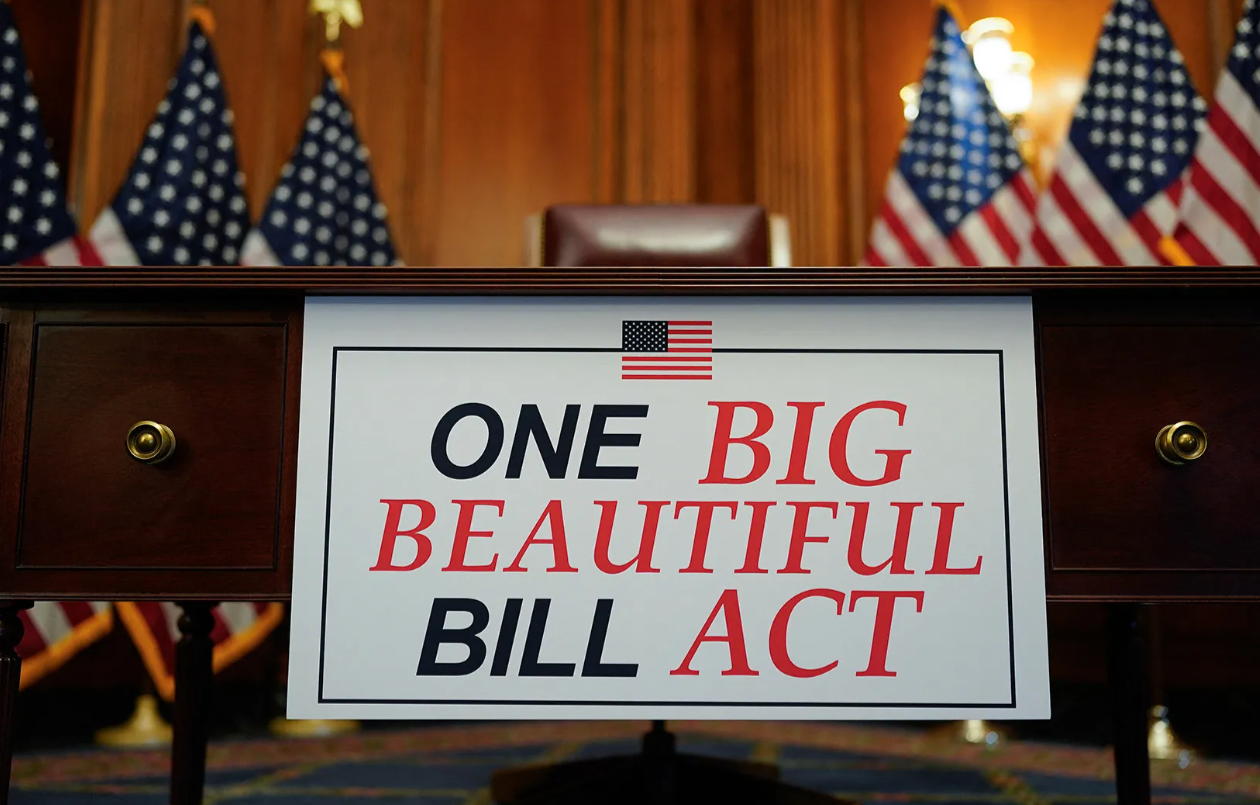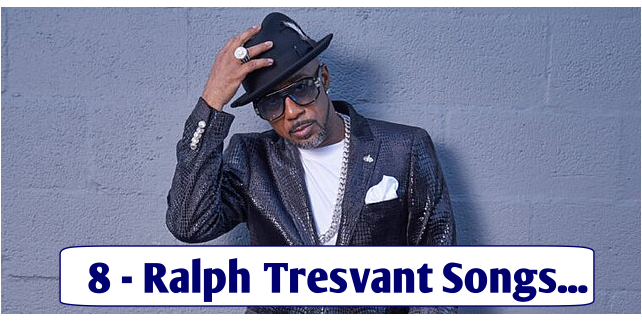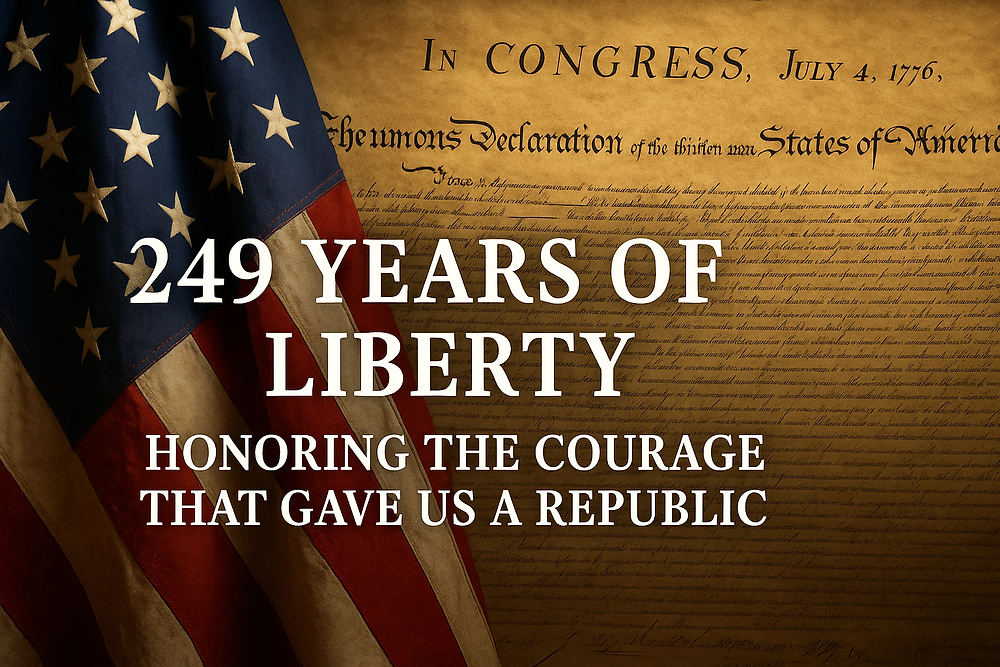(ThyBlackMan.com) Music is a key component of any video and has a huge impact on video editing. The way the music does or does not complement the images and clips that accompany, it can be the difference between a well done and impactful video and a poor one.
Here are 5 simple ways that music has an impact on video production and editing, and how to use them to your advantage:
1. Theme
Music mostly sets the theme for any video. It includes everything from short commercials to full-feature movies. The right soundtrack is golden, and the wrong one can be a travesty. Think of the impact the soundtrack of the film Titanic had on its success.
In a feature film, the theme stays the same, while the pace of the action changes. The right songs in the right place still fit the overall theme, though. The soundtrack for Mission Impossible 2 includes songs from Metallica, Limp Bizkit, and Foo Fighters among other  great bands. All of the songs have a rough, upbeat appeal even though they vary in tempo and mood. They are tied together by a common theme.
great bands. All of the songs have a rough, upbeat appeal even though they vary in tempo and mood. They are tied together by a common theme.
Knowing the theme of your video, short or long, will help you pair the music in the right way, and properly edit the soundtrack and clean the audio of your video with the imagery.
2. Mood
Speaking of mood, besides the theme, this is another thing that adds to the setting of a video. The mood of the music, from blues to an upbeat dance hit, to a melodic, romantic ballad sets the mood for every video or scene within that video.
One of the keys to this mood setting is, the tempo and the message of the song. The message of the song, if it has lyrics, it needs to match the theme of your story. Even if the song does not have lyrics, it needs to set the mood that matches the overall theme.
Typically, the mood is also determined by pace. A Vivaldi waltz does not work well in a chase scene unless it is for comic relief. The same can be said for a heavy metal tune in a romantic scene. The mood is also set by the era: if the movie is set in the 1980’s, then the mood of the music needs to match that time period as well.
The mood affects the video editing because the pace of the video must match the pace of the song. This leads us to the next point.
3. Timing
When it comes to music, timing is everything. The same is true for a video that accompanies it. The rhythm of the song will determine the length and pace of cuts and fades. Hard cuts will work for hard music breaks, where soft cuts and fades will work better for smooth timing transitions. On a technical note, this means that you must have great software and a good pair of in ear monitors or other headphones so that you can hear, see, and then edit this timing down to the frame by frame level.
Timing again relates to mood and theme. When the mood changes, so does the pace of the music, the speed of the video, and the timing of cuts or action within the scene. The music helps to determine this, and the video must be blended with it so that it all works together.
Think of the most memorable songs from movies. “Be Our Guest” from Beauty and the Beast is all about timing, theme, and mood. Overall, the movie is a romance, if a suspenseful one. The mood of the scene is one of a party. The household objects are trying to boost Belle’s mood and help her feel welcome so she will come to love the Beast.
The timing of the animation matches the song, a choreographed dance sequence that has been adapted to stage and to screen more than once. No matter what the medium, the song is preserved, its timing critical to the script. While the music fits the mood and theme, the video is editing to match the timing of the song.
4. Story
Every video, small or large, tells a story. While editing animation is different than other films in some ways, there are countless examples of stories that are enhanced or even told through song in children’s movies. Songs like “Show You the World” from Aladdin, “Let it Go” from Frozen, and “Kill the Beast” from the above-mentioned Beauty and the Beast are a few examples.
However, other music helps tell the story in television shows and shorter videos as well. Think of the HBO series, The Wire. The theme song is gritty, and dark-so is the video. The images not only match the mood, pace, and timing of the song, but the images match the story of the words.
Instead of just being about timing and pace, the video is also shot in such a way that it matches and enhances the story perfectly.
5. Perception
All of the above tie into perception. How the video is perceived by the audience matters, and this perception is driven by the way a theme, mood, timing, and story are blended. When this is done well, the audience does not hear the music separately or view the video separately. They are not thinking of the jump cuts, the fades, or the video editing at all. They simply see the story.
While you, as a video editor, must dissect every detail down to the very frame, the viewer should simply perceive the video as a whole package, and never think about those details at all. That should be your goal.
Did you find this article helpful and informative? Leave us a comment with your thoughts in the section below.
Staff Writer; Ron Moore

















Leave a Reply